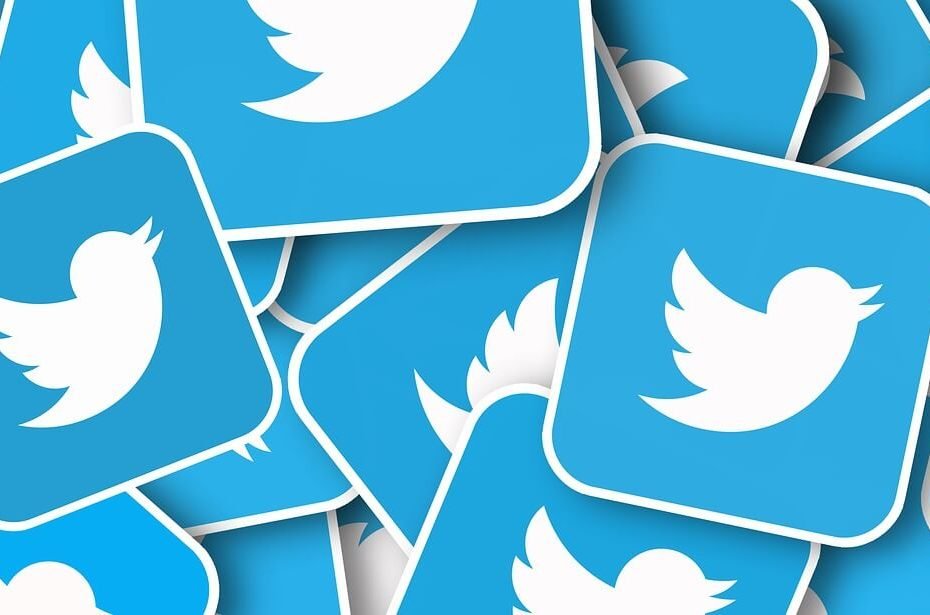In a drive to be more profitable, Twitter had to make ads more targeted to each user. Facebook, Google, and other websites have been doing this for years, so Twitter joining the trend is not surprising.
Nevertheless, it’s disturbing to know how much of our personal data is out there. For companies to make targeted and personalized ads, they need to collect, track, and store user data such as location (through the user’s IP address), visited web pages, search terms used, and even the software and hardware details of the user’s device.
Delete Twitter after privacy policy change
Twitter updated its privacy policy in 2017 to make room for more data collection. Here are some important points about Twitter’s updated privacy policy that I thought were important for you to know:
- Twitter will track you outside the app and website.
- Twitter discontinued support for Do Not Track. This is a Twitter preference on your browser.
- Twitter collects data from any third party sites using its API. Such parties include blogs and websites with the embedded tweets section, and the Twitter share button.
- Twitter will store all of this data for 30 days (previously, it was 10 days).
If you’re not yet creeped out, head over to the Your Twitter Data page, and find out how much Twitter and its partners know about you. This page shows how many times you’ve logged in, including the date and time stamps of each instance, the number of devices you use Twitter on, and the number of browsers you’ve used.
The most interesting part of the Your Twitter Data page is the “Interests and ads data” which is located near the bottom. Based on this page, I’ve logged in to Twitter 15 times, but it has logged 113 interests based on my activity—tweets, retweets, profiles I follow, and the links I click on.
How to delete Twitter
If you want to evade Twitter’s data collection, one solution is to delete your Twitter account. If you’re thinking about deleting your Facebook account as well, read our complete guide on how to do it. Follow the steps below to delete your Twitter account:
- Log in to your account.
- Click on your avatar, and go to Settings and Privacy.
- Go to the bottom of the page, and click on Deactivate your account.
- Confirm the action by clicking on Deactivate.
- Re-enter your password, and click on Deactivate account.
Uninstall the app. Twitter will retain your data for 30 more days, so wait for 30 days before trying to log back in. If you log in before the end of this period, the deletion request will be automatically canceled, and you need to go through the deactivation process again.
Is everything deleted?
After 30 days, your Twitter account will be deleted as well as your contacts, tweets, and direct messages. However, contacts you’ve exchanged direct messages with will still see your messages, unless they also delete their account or delete your messages.
Also, take note that your tweets may still come up on search engines which index data and don’t check if the Twitter account is still active or not.
How to get more privacy
According to Dell Technologies’ State of Cybercrime Executive Summary, personal information is one of the most popular commodities which can be purchased for as low as $10 per record.
Protecting your online privacy is therefore crucial these days, not only to get away from ad profiling ,but also to avoid cybercrimes like doxing and ransomware attacks.
It is in solitarty with A Twitter friend who had to delete her account because Warren Kinsella was asking for her address and phone number so he could dox her and harrass her and have all of him numbskull followers do the same. He put her life in danger. That is what it is for.
— ?? Leslie-Anne ?? (@ProudGrannyCdn) March 8, 2019
Twitter and other social media websites aren’t the only ones who are after your data, so staying anonymous online is the best way to protect yourself.
Delete Twitter and get a VPN
The most effective way to evade user profiling, data collection, and cybercrimes is by using a
- Heavy encryption: VPNs encrypt your data packets, making it impossible for anyone to trace and spy on you. Make sure that your
VPN provider uses the latest industry encryption standard, which is AES-256.
#encryption is translation of your #data into a secret #code.#privacy #VPNs #VPN #ISP #netneutrality
https://t.co/beqexm0qYk pic.twitter.com/ZdReQ4TJv7— Chris Wayne (@chrisITproVPN) September 4, 2017
- IP address masking: An IP address is a string of numbers, telling where the user is located and what ISP they use. This is a pertinent piece of data that can reveal so many things about you. VPNs hide your IP address so websites and anyone looking won’t know your location.
- Geo-unblocking: You can select a
VPN server and get an IP address from that particular server location, enabling you to access content that is exclusive to that country. We have tested several VPNs for this purpose and found these top five geo-unblocking VPNs to be effective.
A
Change your privacy settings
We’re adding this bit if you aren’t too keen on deleting your Twitter account. You can change your privacy settings to opt out of Twitter’s data collection. While logged in to your account, head over to the Twitter personalization page, and click on the “Disable all” button.
Note that Twitter can still collect some of your personal information the same way most websites do. The best defense is still a








